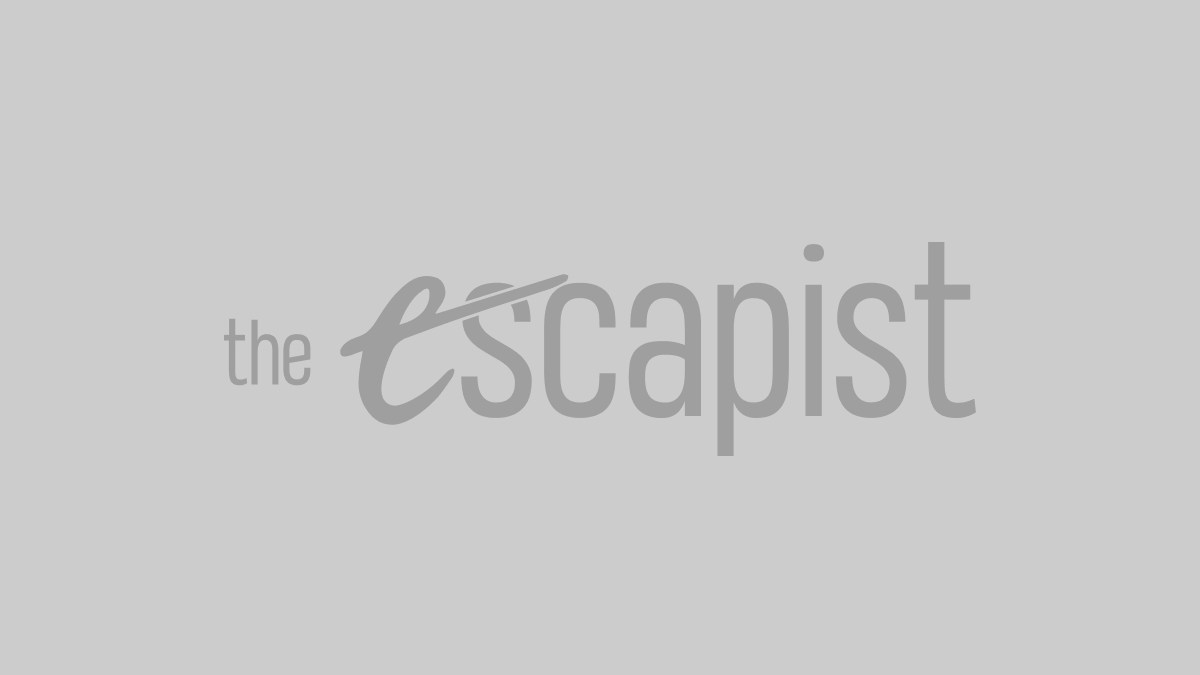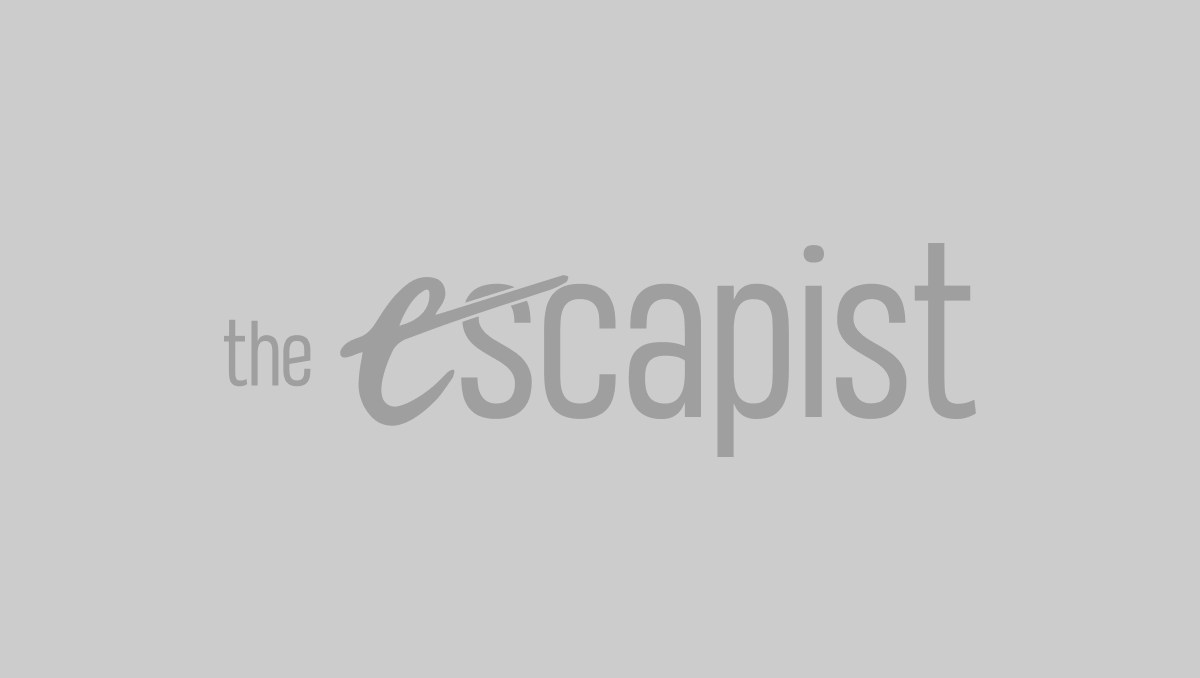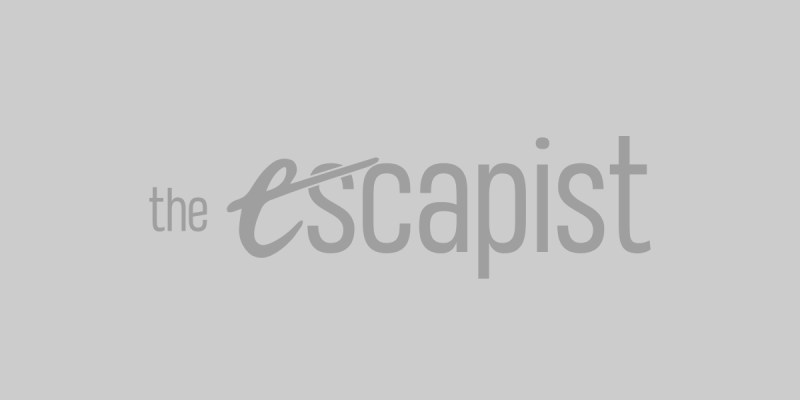The Hulk is easily one of the most malleable characters in Marvel’s catalogue of heroes. He can be an amusing brute or a terrifying monster. Yet Crystal Dynamics’ take on Bruce Banner and his titanic alter ego is far more prescient than I think anyone could have anticipated. Marvel’s Avengers’ Hulk is a broken, depressed man seeking not simply destruction, but a way to hope again.
One of Marvel’s Avengers’ wisest decisions is that it saves the origin story for protagonist Kamala Khan and takes for granted that the titular Avengers are well established. Bruce and the Hulk, while not on the best terms, are able to cohabitate. They’re not unified as a single persona like in the movies, but they understand each other. Banner has embraced that his beastly form is necessary, and the Hulk has finally started to care about people. That means the events of A-Day that result in San Francisco’s destruction harrow not simply Banner, but the Hulk too.
Captain America is presumed dead, alongside thousands more. No matter how strong the Hulk was or how cautious Banner was in ensuring the Avengers’ new helicarrier reactor wouldn’t implode, they both failed. Worse still, they can’t help but blame themselves and their allies for what happened. Where the rest of the Avengers either keep fighting for justice in other ways or take time to recover from their extensive losses, Bruce and the Hulk spiral. With the derelict helicarrier mothballed out in Utah, the pair sequester themselves away in the bowels of the machine for five years.
When Kamala is forced to flee from the corporation A.I.M.’s forces, she doesn’t find a triumphant hero or a monster that could rend her apart, but a visibly bruised and shattered beast. The Hulk chases her, thinking she’s a thief trying to steal Cap’s shield, but can barely keep up. When she punches him in defense, he doesn’t even fight back, just shouting at her and ripping the shield from her hands. After she convinces Bruce that the Avengers were set up by A.I.M.’s founders, he still cowers away from the call, not out of fear but shame. It’s only through Kamala’s encouragement that he finally takes those bold first steps out of the helicarrier in years.
You can feel Hulk’s weakness and uncertainty as you play as him. Where it’s harder to believe some of the cast have lost their touch enough to warrant the RPG unlocks, Hulk owns it, vividly depicting his struggle back to being an indestructible wrecking ball. His rage and adrenaline are status effects he can draw upon, but they run out in an instant where once they were nigh infinite. Marvel’s Avengers doesn’t measure characters by their health, but instead willpower. While at first it sounds like a contrived name swap, it actually serves to highlight that many of these heroes are struggling to keep up the fight, the Hulk especially. He’s been humbled, and it’s up to Kamala and the player to pull him back from the brink.

Both Bruce and Hulk are tested constantly across the campaign. Kamala’s own doubts along her journey bring out the best in Bruce as a mentor, while she serves as a perfect size-morphing equal to the Hulk in combat. It’s telling that one of Kamala’s first abilities is an inspiring area-of-effect cheer that boosts willpower, mechanically embodying her spirited heroism helping Bruce and the Hulk to make just one more push, to try one more time to make it through. When one starts to break, the other pulls their partner back up, fighting as one.
Knitting it all together is the game’s main antagonist, George Tarleton. Tarleton isn’t cruel out of malice, but his own downward spiral. It was his discovery combined with Bruce’s advocacy and fellow Avenger Tony Stark’s ego that led to the Avengers’ use of Terrigen, the Inhumans, and A-Day. While Stark spends the majority of the campaign in denial, neither Banner nor Tarleton has a doubt in his mind. When they all meet again, Tarleton has undergone his own transformation into the technopathic monster MODOK.
Just like how Hulk’s worn-down form embodies his guilt, so too does MODOK’s giant head. I’m still kind of amazed to say it, but Crystal Dynamics used MODOK’s absurd design to represent his desperate attempts to solve his and the Avengers’ mistakes. Both Bruce and Tarleton fear what superhuman beings can and have done to their world. The difference is that MODOK seeks to control the world in belief he knows better, where Bruce and the Hulk come to realize the only way to prevent more suffering is by teaching the next generation of heroes to be better — to learn from their mistakes.

Right now it feels like our own world is collapsing daily. Some new mistake or tragedy scrawled across the headlines making it feel like it’s the end of days. It doesn’t have to be that way though. We have suffered greatly and the pain won’t all just stop, but we can work to make a better world for ourselves and those whose journeys are just beginning.
In the end, the Hulk puts his life on the line to save Kamala during the final confrontation with MODOK, buying her time to rescue her fellow Inhumans. In kind, she pushes herself further than she ever has before to save him, achieving what she’d have never dreamed of. Together, they’ve both grown into the sort of heroes we need right now. Stories that teach us how to heal and rise above the darkness are what we need. If those are the sorts of stories Crystal Dynamics wants to explore with Marvel’s Avengers, then I’m all here for it.
